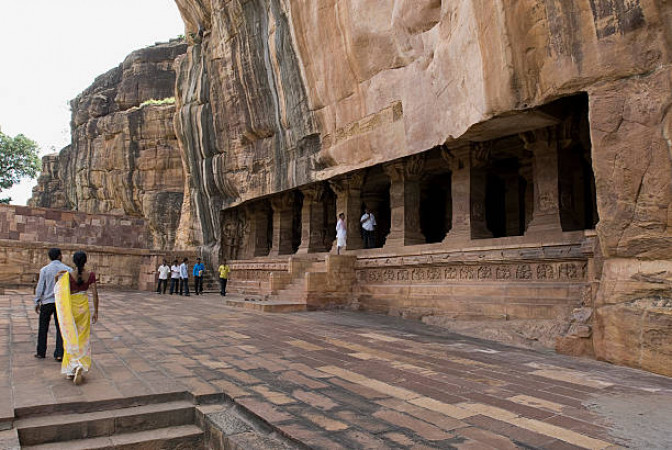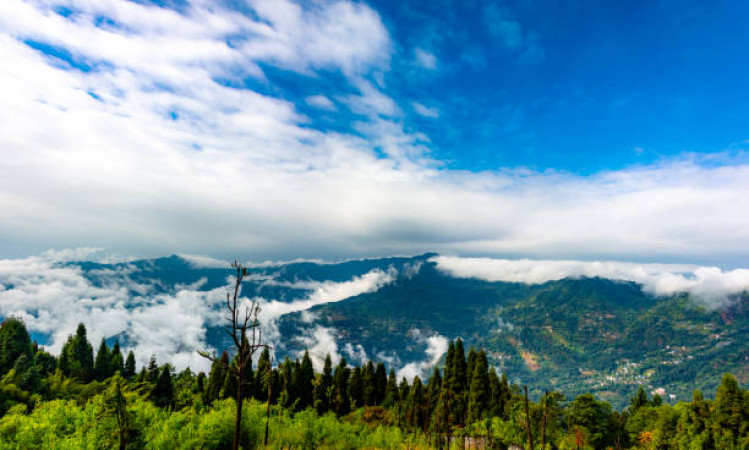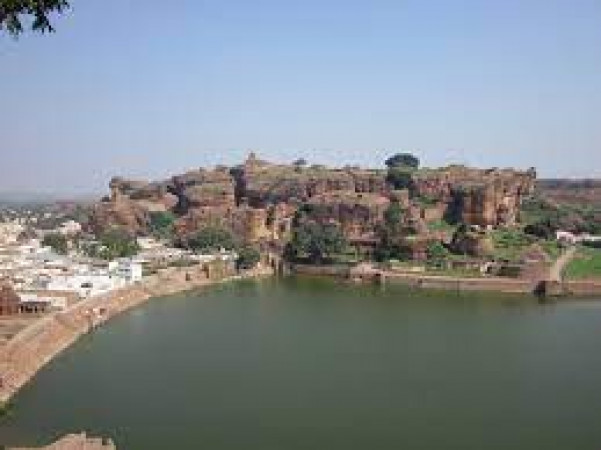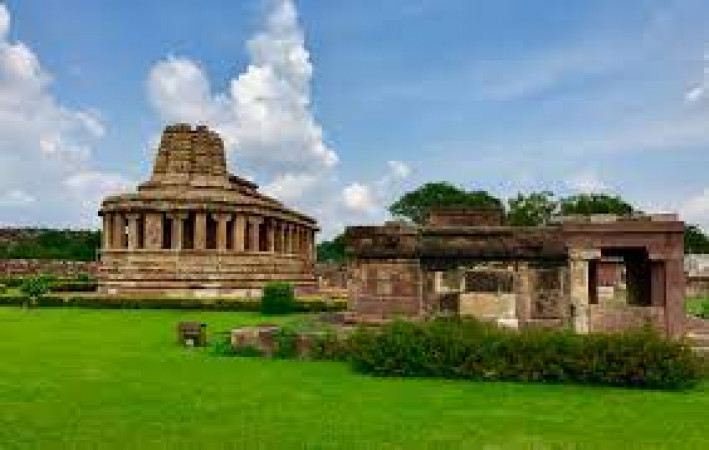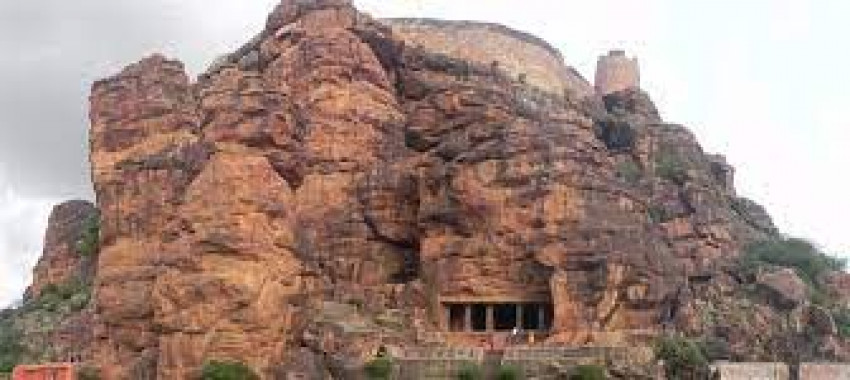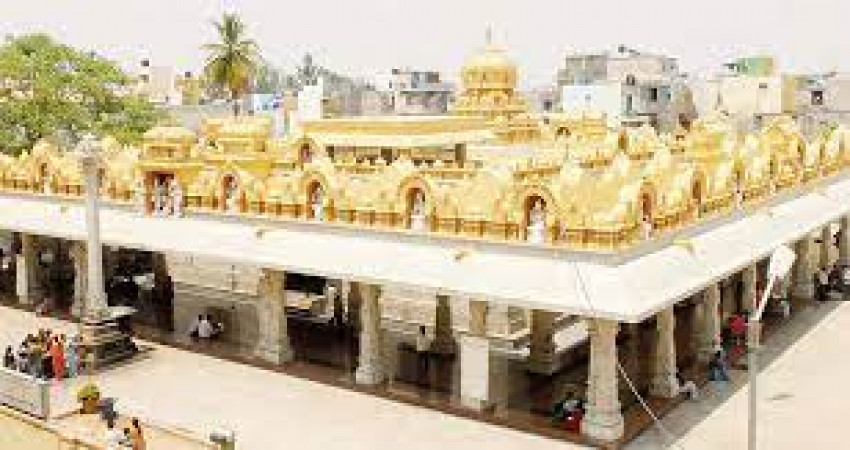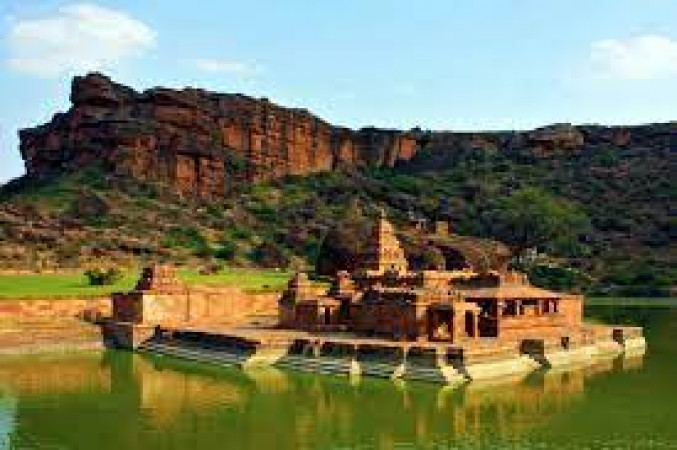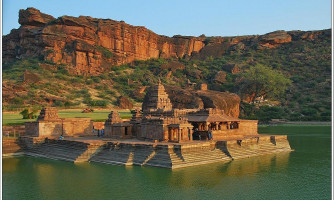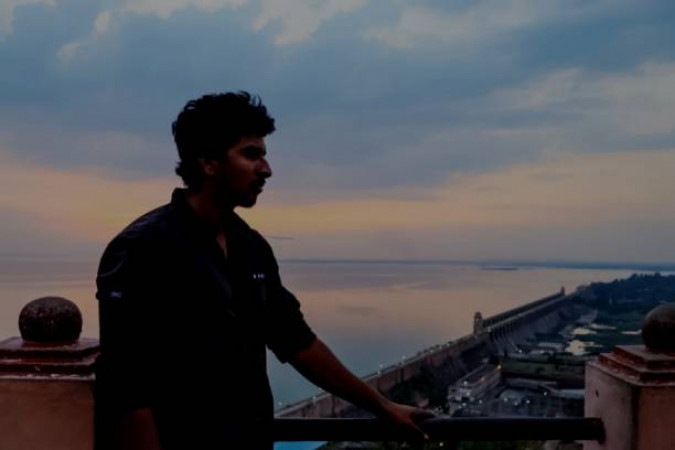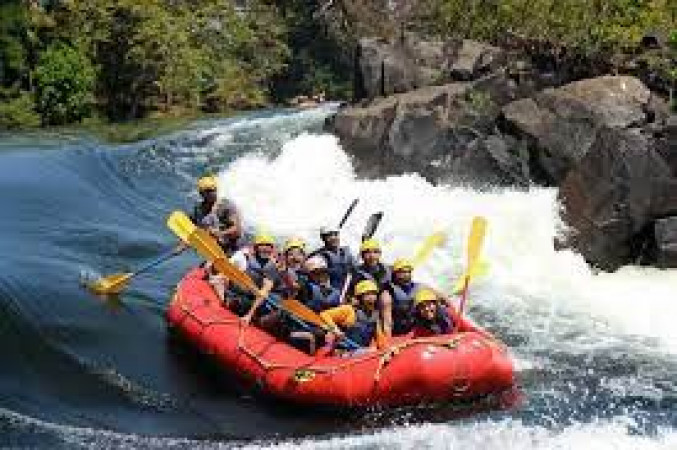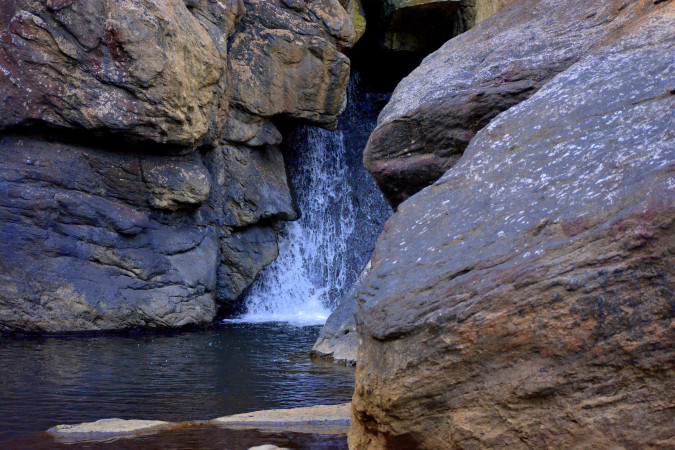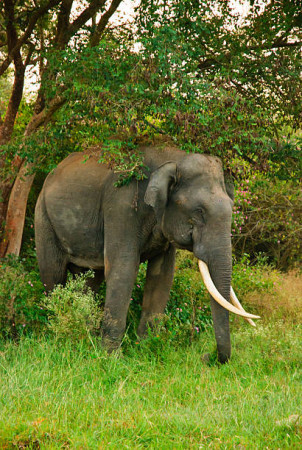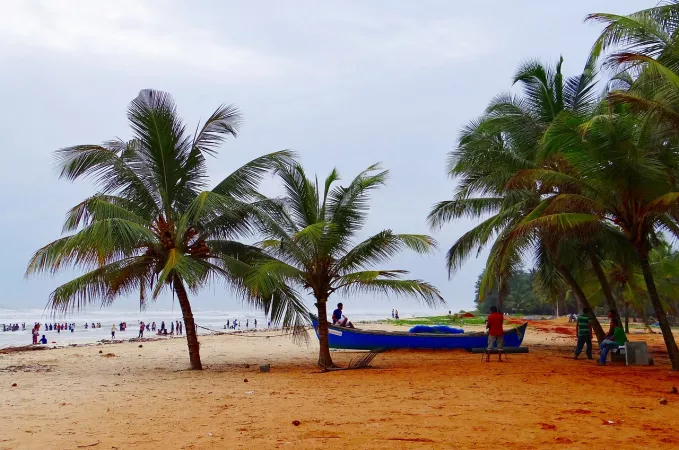Badami Travel Guide
Badami, located in the state of Karnataka in India, is a historically significant destination known for its rock-cut cave temples. The town was once the capital of the Chalukya dynasty and is renowned for its intricate architecture, stunning landscapes, and rich cultural heritage. Badami is famous for its ancient cave temples, which are carved out of sandstone cliffs and showcase exquisite sculptures and artworks.Top Attractions in Badami
1. Badami Cave Temples 2. Agastya Lake 3. Bhutanatha Temple 4. Badami Fort 5. Archaeological MuseumBadami is Famous for
Its ancient rock-cut cave temples.Top Attractions in Badami
- Badami Cave Temples - Agastya Lake - Bhutanatha Temple - Badami Fort - Archaeological MuseumWhat's Great about Travelling to Badami?
- Rich historical and cultural heritage - Stunning rock-cut cave temples - Scenic landscapes - Perfect for history and architecture enthusiastsWhat's Not So Great about Travelling to Badami?
- Limited accommodation options - Limited dining choices - May not be suitable for those looking for a bustling city experienceTravel Tips for Badami
- Check visa requirements before traveling - Hire a local guide for a better understanding of the historical sites - Wear comfortable footwear for exploring the cave temples - Respect the local customs and traditionsImportant Badami trip information
- Ideal Duration: 2-3 days
- Best Time to Visit: November to February
- Nearby Airports and Railway Stations: Hubli Airport and Badami Railway Station
Top 9 Places to visit in Badami
Per Person
50,000
*EXCLUDING APPLICABLE TAXES 5.0 Ratings
( 393 Reviews )
( 393 Reviews )
FAQ's on Badami
Q9: I am a travel agent. How can I buy travel leads of Badami?
Register yourself as a travel agent at agents.tripclap.com and then you can buy travel leads to Badami once your account is approved. For more details contact our support team at +91-8069186564 or support@tripclap.com
